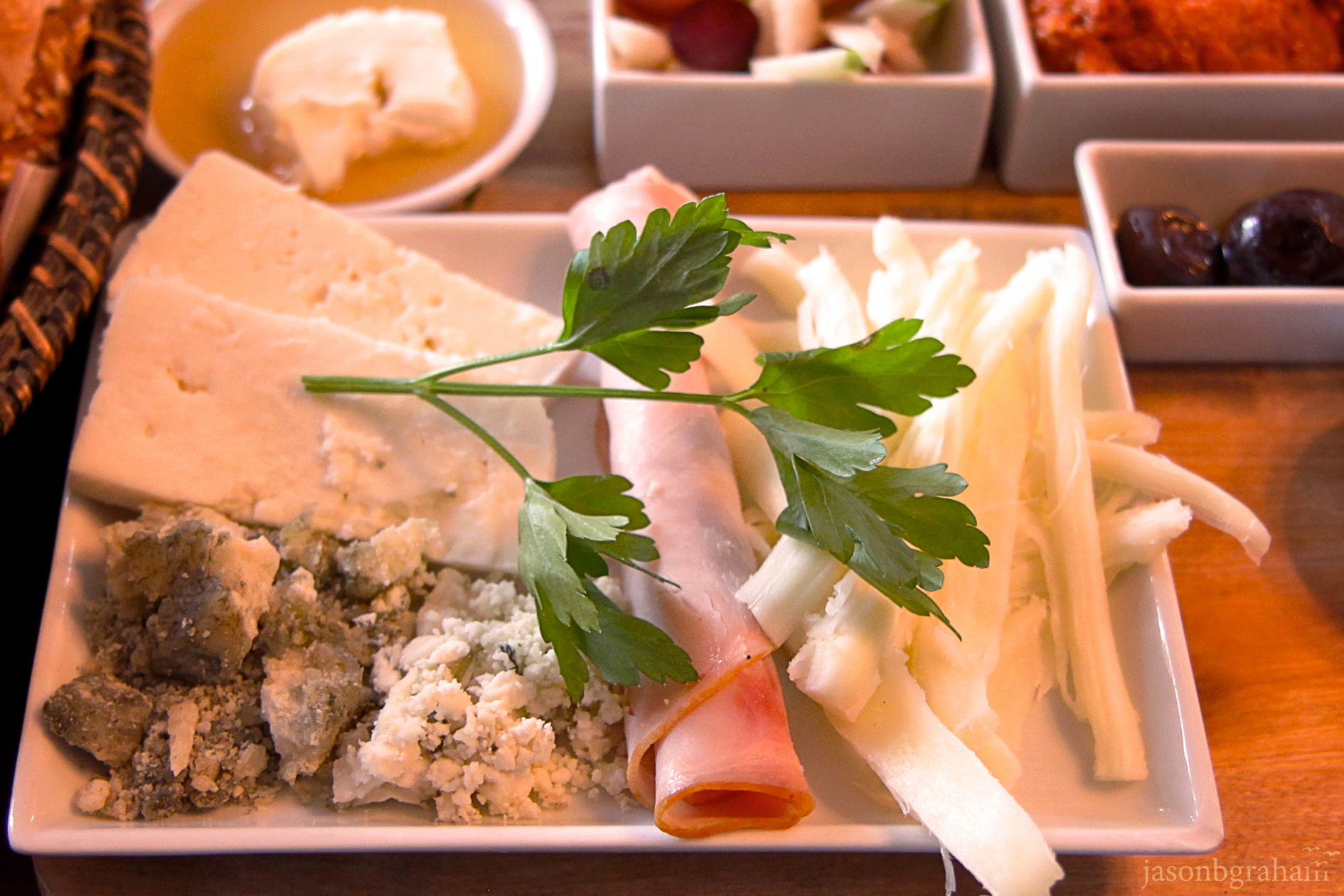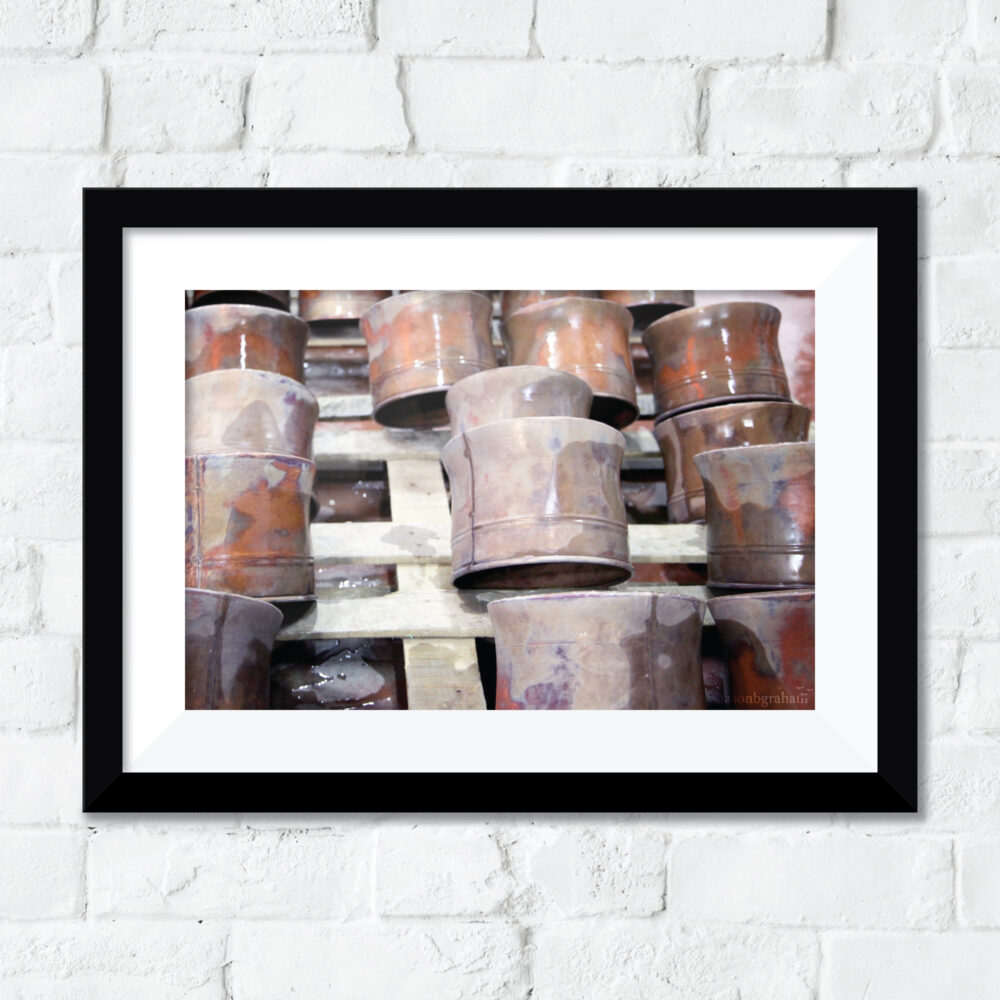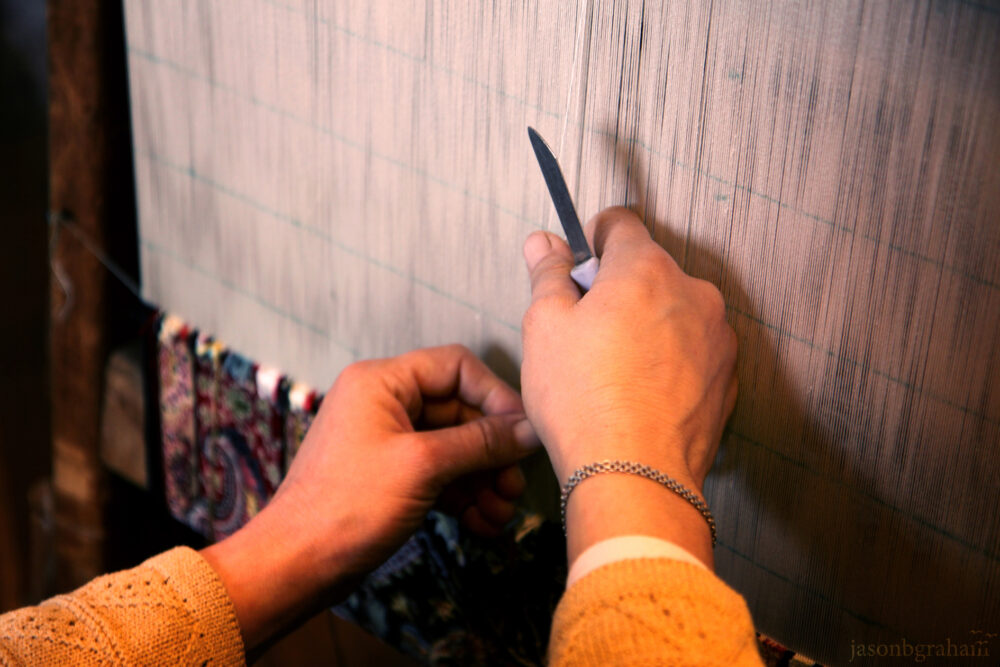Description
Turkish Cheese | Peynir
Cheese production predates recorded history. Concurrent with the domestication of livestock, cheese first appeared between 8000 and 7000 BC. Although there is no conclusive indication to where cheese-making originated, archeological evidence suggests an origin in the fertile Mesopotamian Plains between the Tigris and Euphrates rivers. There are two general theories about how the first cheese was created. The first theory is that cheese was created by nomadic merchants who transported milk in pouches made from the stomach lining sheep and goats. Combined with the rennet in the lining of the pouch and heat of the sun, the milk to separated into curd and whey. Similarly, the second theory suggests that milk (set out as an offering to the Gods) curdled and became a soft cheese. In either case, the first pictorial evidence of cheese-making (dating back to 3000 BC) was found on a frieze at the Mesopotamian Temple of Ninhursag.
At the pinnacle of the Roman Empire, the craft of cheese-making was refined to create longer lasting more flavorful cheeses. Cheese held a celebrated status in Roman culture. In the Odyssey, written near the end of the 8th century BC, Homer describes the one-eyed giant, Cyclops, peacefully tending to his cheesemaking. Through Roman conquest and trade, cheese spread to the furthest reaches of the kingdom. By the Middle Ages (500 AD to 1500 AD), cheese and cheese making had reached Europe. In fact, many well-known cheeses were first produced during Middle Ages. Examples include Gorgonzola (879 AD) and Cheddar (1500 AD). By the 10th century the craft had spread throughout the European continent and new varieties of cheese began to emerge including Parmigiano-Reggiano (1597 AD), Gouda (1697 AD) and Camembert (1791 AD).
Today, there are hundreds of varieties of cheese available in Turkey. Cheese is made in every region and local varieties often include the name of the area in which they are produced. As examples, ‘Izmir Tulum’ is produced in Izmir and ‘Van Otlu Peynir’ is from Van. Furthermore, 60% of the annual milk supply in the country is used to produce these regional cheeses. Approximately, 10% of the cheese is made from sheep and goat milk. The balance is made from cow milk. Common varieties of cheese include Beyaz, Burgu, Dil, Hellumi, Kaşar, Tulum, Lor and Örgü Peynir.
Photographic Services
Photography by Jason B Graham. Since arriving in Istanbul, I have had the great honor to work with many of Turkey’s most influential brands and most talented artisans. Photographic services include portrait photography for press releases, professional or personal use. I specialize in product and food photography. Additionally, services include styling, editing and retouch.







